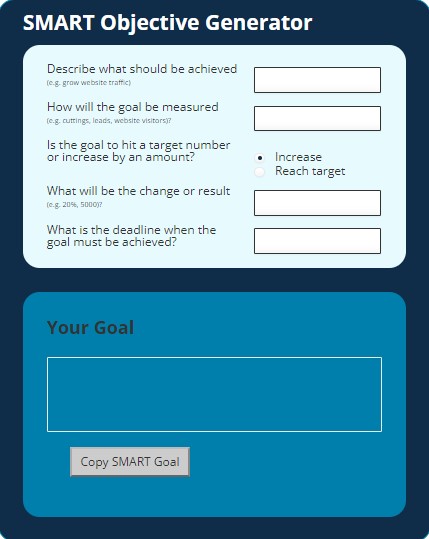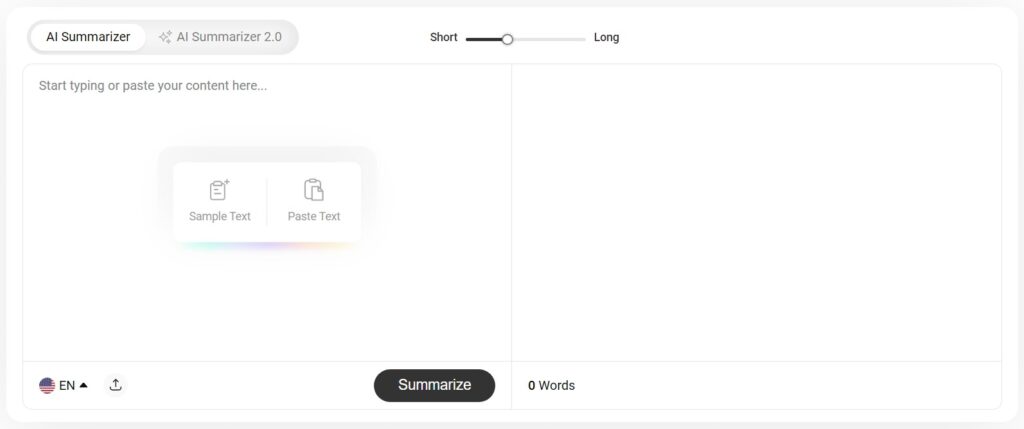A content strategy involves developing, distributing, overseeing, and regulating content. That’s a lovely website you’ve created pal and what’s that? You’ve published great content to go along with it but it’s not what your target audience wants. That’s a pity.
A good content strategy doesn’t revolve around mindless blog post spam or jumping from blog posting to posting videos on TikTok. There’s a natural flow that must be respected in content creation. Content strategy isn’t just about posting the right content either.
That’s just one layer of it. It’s a lot more complex than that and requires refreshing when necessary as you’ll read in this article. Content strategies aren’t limited to any singular field either.
A content strategy can be utilized in several fields where content plays a crucial role. The most obvious field that springs to mind is digital marketing. A content strategy is something that even nonprofits and governments are aware of and actively implementing.
WordPress is the most popular content management system. Most everyone you’ll meet in your industry will have at least a passing knowledge of what WordPress is or does. More than one in four websites are likely powered by WordPress.
It makes posting content for your blog or website an easy task. There is still however the massive problem of refreshing your content strategies to enhance content. WordPress can post content for you but boosting it is on you.
To understand how to refresh content strategies, we’ll break down the content strategy formulation process and in the process recommend a few innovative tools to aid you. Automation is the thing moving forward and you need to get comfortable with it to ease your strategies.
Revitalizing Content Strategies: Improving WordPress Content Using Cutting-Edge Tools
A content strategy is not something inimitable and certainly not something rare. Google “What is content strategy” and there will be tons of in-depth guides on this topic. Moreover, the same content strategy will eventually lead to diminished returns.
No matter who you are or what the scale of your company is, one thing’s certain – you need to update your content marketing strategies when needed. Don’t force it but don’t drag it either. How you go about it can be a different process for different folks.
The best way to start this process is by analyzing your current resources. Assess the size of your team, their skills, how much time it takes them to create content, and what’s the budget.
This is the perfect start for the ideal scenario we’re about to paint, and it transitions seamlessly for the SMART framework. A model that can be applied to either create a new content strategy or revitalize an existing one to post content using WordPress:
1. SMART Framework to Define Goals
Specific, measurable, attainable, relevant, and time-bound, or SMART, in short, is an effective strategy for achieving more realistic/feasible goals. Whichever person is responsible for making these goals should know that not every goal will satisfy all criteria.
They will provide a clear path for you to achieve with your content. Let’s define these parts for better clarity before moving on:
- Specific: Specific goals are defined with clear and precise details, making them easy to understand and implement.
- Measurable: Measurable goals are the ones that can be quantified and monitored over a period. Goals with defined metrics or measurements are more tangible compared to subjective goals reliant on someone’s personal opinions.
- Attainable: Goals that are challenging but achievable fall in this category. This is based on you and your team’s resources and capabilities.
- Relevant: Relevant goals are in line with what you ultimately intend to gain as evidenced by your mission, vision statements, and such.
- Time-Bound: Time is of the essence and if you’re not setting deadlines for your goals, you’re just promoting a slacking culture.
As for generating SMART goals online with ease, you can try your hand at the SMART objective generator below. Simply fill out the form that’s provided. It will generate results that you can copy and use for your content strategy.

2. Right Content For The Right Audience
You’ve defined your goals again for your content marketing strategy. Now, it’s time to find what kind of content your target audience loves to read. A 5000-word blog post may not entice someone who’s looking for a concise explanation of why Coke explodes when mixed with Mentos.
It’s just not going to work. Instead, you need to get on top of this matter. Figure out what your audience likes, what’s new, what’s trending or viral, and what’s something with which you can experiment. Search for new content ideas with reasoning engines.
An accessible way of approaching this is by performing a content audit for your old posts. Classify your best-performing and least-performing content. Identify the right topics, and formats, drop what you’re doing in low-performing content, or repurpose it, and finally focus more on content that works or find ways to improve it further.
Refining something that works to enhance it more isn’t a piece of cake. It’s the toughest challenge on this list yet there are plenty of online paraphrasing tools out there made for this specific purpose.
They won’t change the context of your content, just find subtle ways of making it even better in your wording. You are also welcome to try these tools on low-performing content and measure your audience’s reaction to it.
Unlike the last tool we mentioned, your choice of paraphrasing tool will make all the difference in your content strategy refreshing. While the free paraphrasing we’ve used yielded mixed results, we are comfortable to recommend this paraphrasing tool:

Our decision to recommend this one is based solely on the consistency of its results and its ease of use just like the SMART objective generator before. This AI rephrasing tool will enhance your content’s readability, ensure people enjoy reading your content, and thus bring organic traffic to your content in the process.
3. Content conciseness for reader friendliness
As we’ve mentioned, there are some people looking for concise answers to their questions rather than having to read a long blog post. If you determine this is what some of your audience wants, you have to fulfill their wish. This is also a content-refreshing strategy.
You might achieve conciseness and suddenly, your content starts performing better. This is why it’s worth trying. You can make your content pieces shorter or add some sort of summary to them so readers can simply go around everything else to read it.
Now, doing this might be a bit of a pickle, but only if you don’t know about AI summarizers. Such tools can make a short copy of your content that you can then add in your posts as a summary. You can even shorten the entirety of your content if you don’t want to add another section for a summary.
Just like the last point, the choice of AI summarizer that you use is going to make all the difference. Which is why, it is important to select the right one. We recommend you use this summarizer as every time we’ve given it a shot, it provides accurate results that work well with the original content.

4. Tracking Your Published Content:
Everything will fall flat if the metrics show that despite your efforts, your WordPress content is not performing. It means something went wrong and you need to go back to the drawing board.
The following key metrics will show if your content refreshing strategies were good for something or nothing. Please note that these metrics are being provided as an example of what to measure in tracking the progress of your content. You can try different metrics as everyone has their own criteria for defining success.
- Overall Content Visits
- Traffic Point of Origin
- Number of Content Published
- Most-viewed Content
- Average Views per Content
- Average Comments per Content
- Average Social Media Shares per Content
Google Analytics is an excellent tool for providing these metrics. It’s free and c’mon, it’s Google. Enough said.
Conclusion
Content strategies require some trial and error to get the hang of it. You might get lucky by nailing it on your first attempt, but the chances are slim given what it takes to formulate it. Then you add refreshing these strategies on top of it. It’s a daunting task but we tried our best to break it down in a helpful manner. We recommended tools to uncomplicate this process just like how WordPress uncomplicated website creation and content publishing process in innovative ways.



